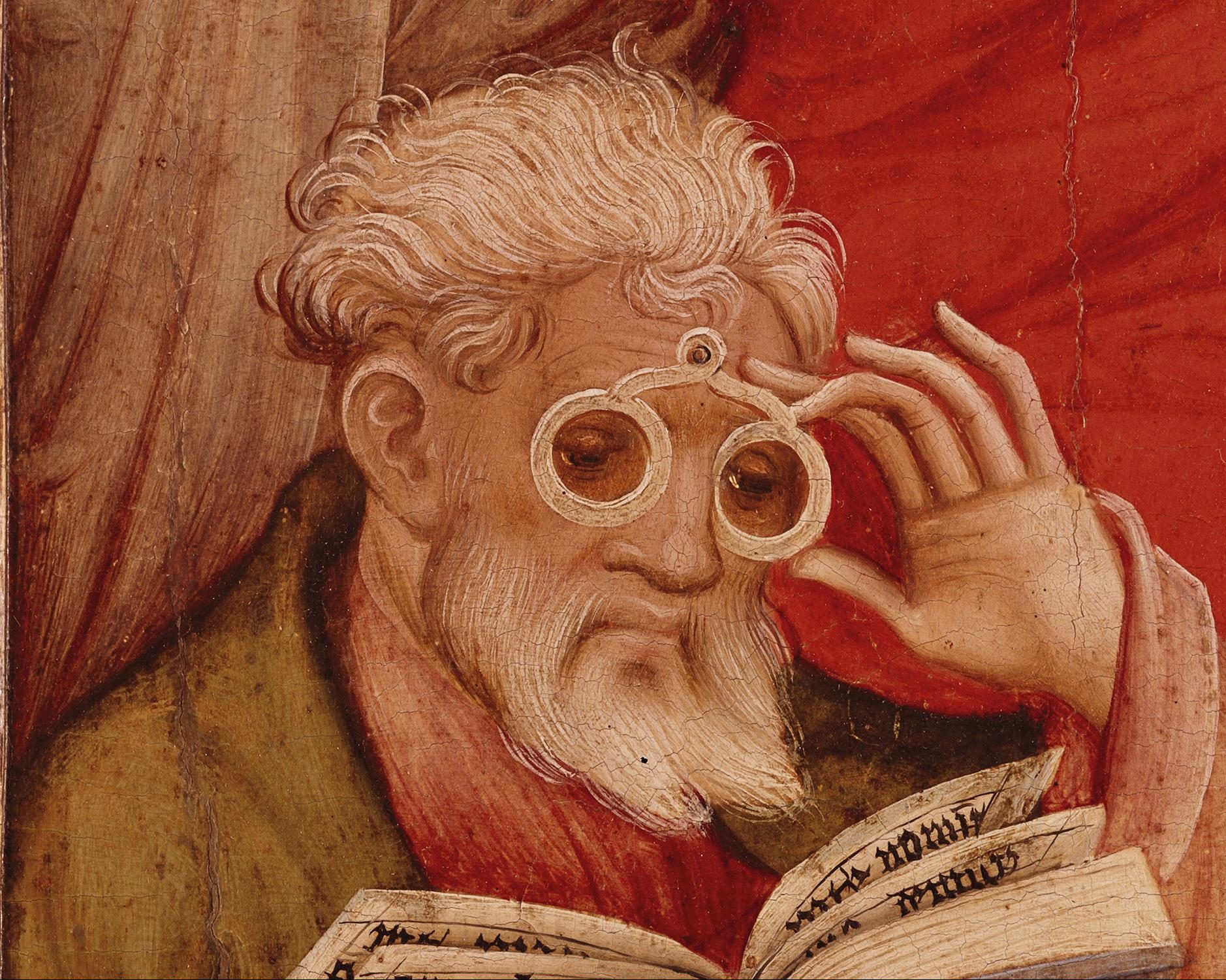
Glasses have been an essential part of human life for centuries, aiding in vision correction and protection against the sun's harmful rays. Let's take a look at the fascinating history of eyewear and how it has evolved over time.
Early History
The earliest form of eyewear consisted of a pair of magnifying lenses held together by a frame. These glasses, called "rivet spectacles," were first invented in Italy in the late 1200s. They were made of glass, and the frames were often made of bone, metal, or leather.

The Renaissance
During the Renaissance, eyewear became more widespread and varied. By the 14th century, eyewear had become popular among scholars and the wealthy elite. Glasses were a symbol of intelligence and sophistication and were often worn as a fashion accessory, even by those with perfect vision. However, the production of eyewear was still limited, and most glasses were made by hand, making them expensive and exclusive.

The 18th and 19th Centuries
It wasn't until the 18th century that eyewear became more widely available to the general public. In 1730, London optician Edward Scarlett introduced a technique for mass-producing lenses, making eyewear more affordable and accessible to a wider range of people. Benjamin Franklin, a renowned inventor, invented bifocal lenses in 1784, allowing for both near and far vision correction in a single lens.
In the mid-19th century, the manufacturing of eyewear became more efficient, with the introduction of mass-produced spectacles. This allowed eyewear to become more affordable and accessible to the general population.

20th Century
The 20th century brought even more advancements in eyewear technology. The invention of plastic lenses in the 1930s made glasses even more affordable, and the introduction of contact lenses in the 1950s provided an alternative to traditional eyewear.
The 20th Century brought us many brands that we know and love today such as Ray-Ban (1936), Persol (1917), Oakley (1975), Carrera (1956), and Polaroid (1937).

Modern Times
Advancements in technology have also allowed for eyewear to become more specialized. They can now be tailored to meet specific needs, such as digital eye strain and blue light blocking. Trends have emerged that include vintage-inspired frames, bold neon colors, sparkling diamante details, and a focus on sustainability and eco-friendliness. The rise of online retailers (such as ourselves) has made purchasing eyewear more accessible and convenient than ever before, with affordable options available at the touch of a button.
Conclusion
The history of eyewear is a long and fascinating one, filled with technological advancements and cultural significance. As we continue to innovate and improve the design and function of eyewear, it is clear that glasses will continue to play an important role in our lives for years to come.
